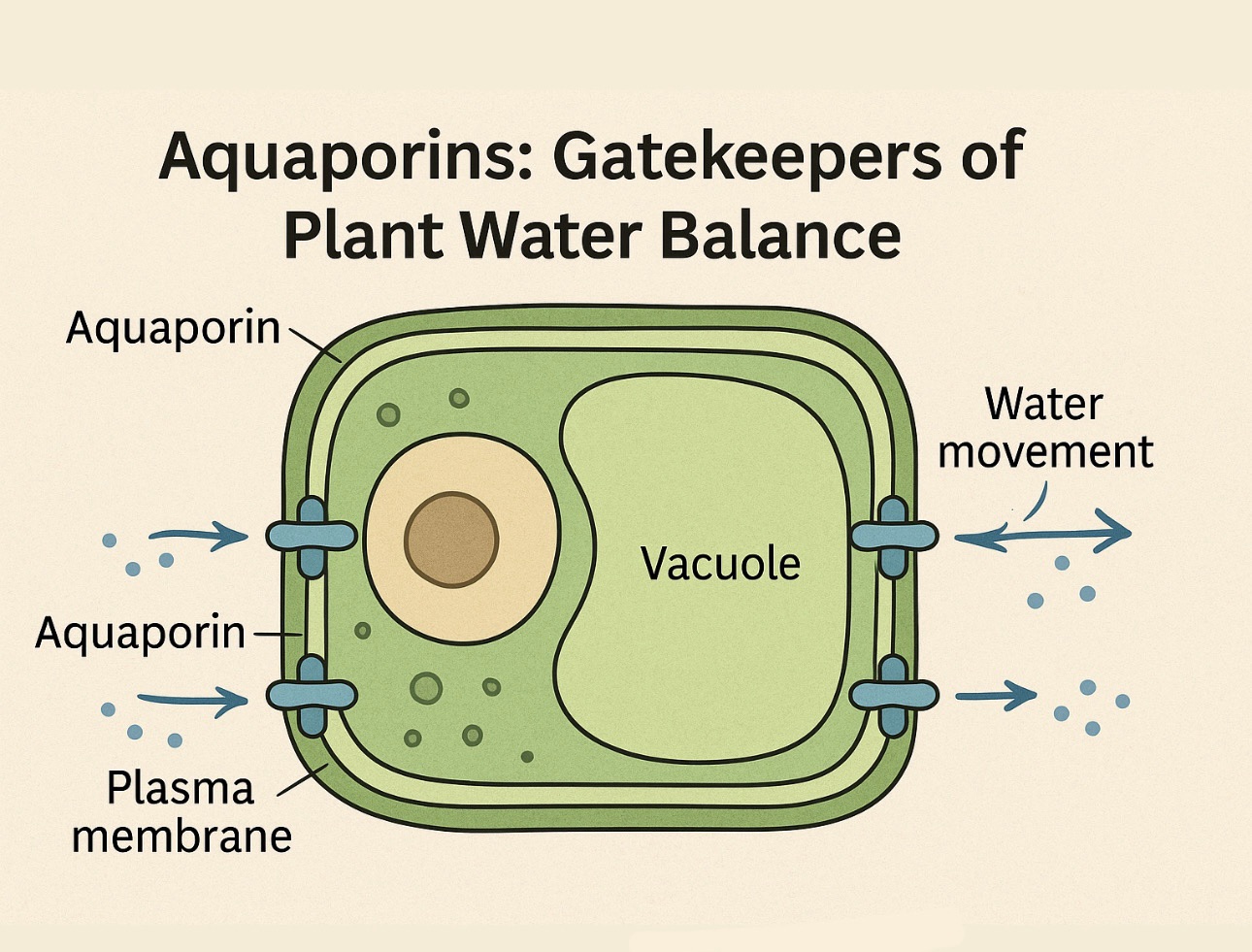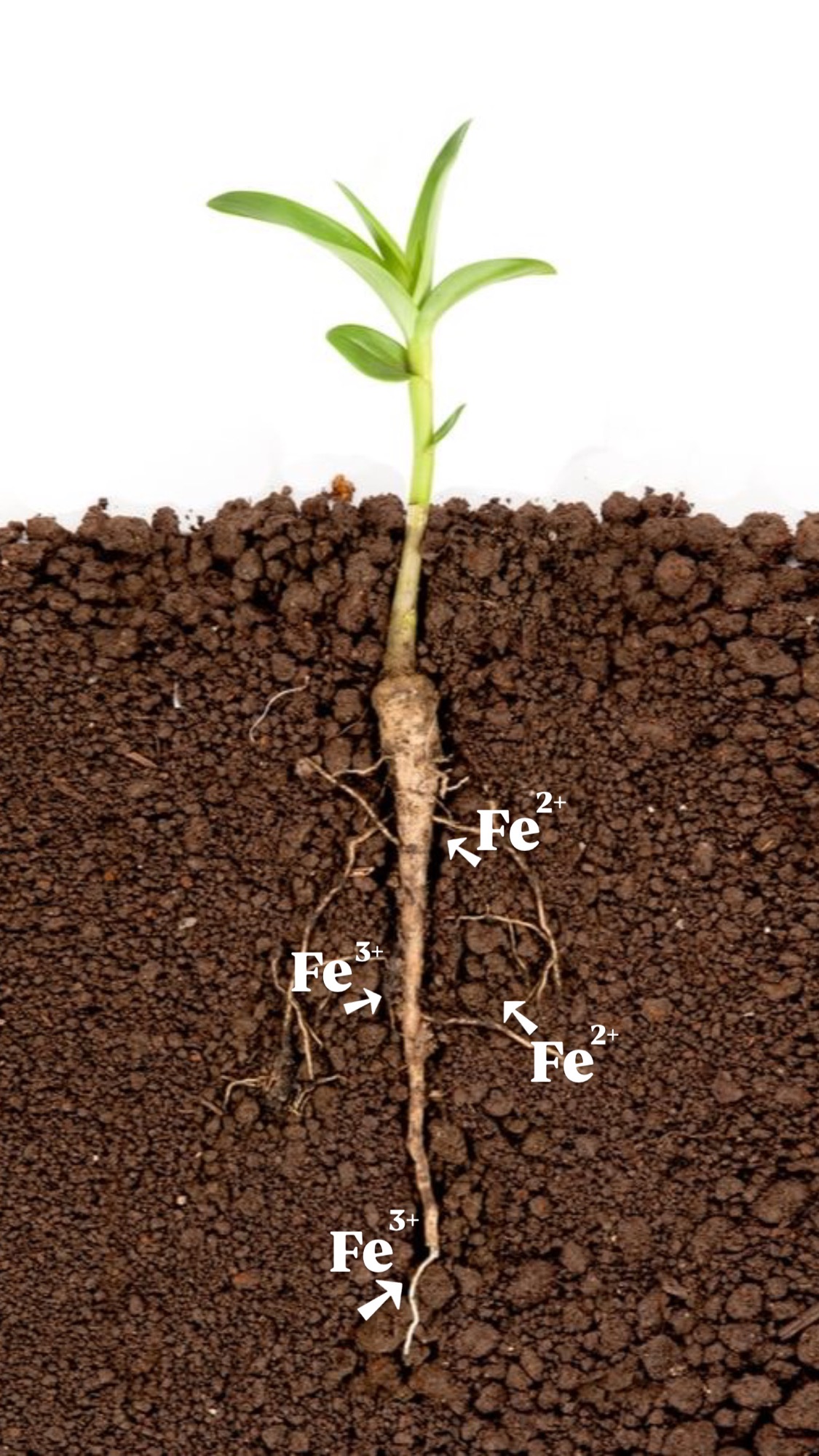Plants, as autotrophic organisms, rely on their ability to assimilate carbon through photosynthesis and absorb nitrogen from the soil to sustain their life processes. These two elements are not only essential for plant survival but also intricately linked in ways that regulate growth, development, and responses to environmental stress. The balance between carbon and nitrogen—commonly referred to as the carbon-nitrogen (C:N) balance—forms the cornerstone of plant metabolism. It influences how plants allocate energy and resources between structural growth, storage, and defense mechanisms. Disruptions in this balance can severely affect plant health and productivity.
As agriculture faces the twin challenges of increasing crop yields and dealing with changing climate conditions, understanding the carbon-nitrogen balance becomes increasingly critical. Insights into how plants sense and adjust to carbon and nitrogen availability could lead to strategies for improving nutrient use efficiency, enhancing stress tolerance, and optimizing crop productivity.
Carbon Assimilation in Plants
Carbon enters the plant system primarily through the process of photosynthesis. During this process, chlorophyll-containing cells in the leaves capture light energy and convert atmospheric carbon dioxide into organic compounds, mainly sugars like glucose and sucrose. These carbohydrates are then transported throughout the plant, serving as both energy sources and structural components.
Photosynthesis is not a static process; it is influenced by several environmental factors such as light intensity, temperature, and carbon dioxide concentration. The rate at which plants fix carbon affects the availability of carbon skeletons that serve as building blocks for amino acids, nucleic acids, and secondary metabolites. Therefore, any fluctuation in carbon fixation directly influences the plant’s nitrogen demand and overall nutrient balance.
Nitrogen Uptake and Assimilation
Nitrogen is a key element required for the synthesis of amino acids, proteins, nucleotides, and chlorophyll. Unlike carbon, nitrogen is not readily available in the form plants can use. Plants primarily absorb nitrogen in the form of nitrate (NO₃⁻) and ammonium (NH₄⁺) from the soil. Once inside the plant, nitrate is reduced to ammonium via the action of enzymes such as nitrate reductase and nitrite reductase. Ammonium is then incorporated into amino acids through the glutamine synthetase-glutamate synthase (GS-GOGAT) pathway.
Nitrogen assimilation is an energy-intensive process that requires carbon skeletons and reducing power in the form of NAD(P)H. This coupling underscores the tight interdependence between carbon and nitrogen metabolism. An abundance of nitrogen without sufficient carbon availability, or vice versa, can lead to imbalances that affect growth and development.
The Concept of Carbon-Nitrogen Balance
The carbon-nitrogen balance in plants refers to the optimal ratio and interaction between carbon compounds and nitrogenous molecules necessary for cellular function. A plant’s ability to maintain this balance determines how well it can grow, adapt to its environment, and reproduce. The C:N ratio is not constant; it fluctuates depending on developmental stages, environmental conditions, and internal nutrient status.
When carbon is plentiful but nitrogen is limited, plants tend to accumulate carbohydrates, leading to delayed growth and reduced protein synthesis. Conversely, when nitrogen is in excess relative to carbon, plants may over-invest in amino acid production, which can be wasteful and energetically costly if not matched with carbon availability. Therefore, maintaining a dynamic balance between these two elements is essential for plant health.
Signaling Pathways Linking Carbon and Nitrogen
One of the most fascinating aspects of carbon-nitrogen interactions is how plants sense and respond to changing levels of these nutrients. Several signaling molecules and pathways coordinate this process. Sugars like sucrose and glucose act not only as metabolic resources but also as signaling molecules that influence gene expression. Similarly, nitrate and amino acids like glutamine serve as nitrogen signals.
Key regulators of the carbon-nitrogen balance include the Target of Rapamycin (TOR) pathway and the SNF1-related protein kinase 1 (SnRK1) pathway. TOR is activated by sugars and promotes growth by stimulating protein synthesis and cell division, while SnRK1 is activated under low-energy conditions and shifts metabolism toward catabolism and stress resistance. These pathways intersect with nitrogen signaling to integrate environmental cues and internal nutrient status.
Another important player is the transcription factor NIN-like protein 7 (NLP7), which regulates nitrate-responsive genes. The interaction between NLP7 and carbon-responsive pathways determines how plants prioritize growth and nitrogen assimilation under varying environmental conditions. These integrated networks enable plants to finely tune their metabolism in response to nutrient availability.
Developmental and Physiological Impacts
The carbon-nitrogen balance has profound effects on all stages of plant development, from seed germination to flowering and senescence. During the vegetative stage, an optimal C:N ratio supports cell division and expansion. Sufficient carbon ensures the production of structural carbohydrates like cellulose, while nitrogen availability promotes the synthesis of enzymes and chloroplast proteins required for continued photosynthesis.
As the plant transitions to reproductive growth, carbon allocation shifts toward supporting flowering, fruit set, and seed development. A skewed C:N ratio during this phase can lead to poor flower initiation, fruit abortion, or reduced seed viability. Nitrogen deficiency, in particular, can impair chlorophyll synthesis and photosynthesis, exacerbating carbon shortages and stunting development.
In senescence, the C:N balance influences nutrient remobilization. Nitrogen is often recycled from older tissues to support the growth of younger tissues or developing seeds. The efficiency of this process is affected by the availability of carbon skeletons and energy derived from photosynthesis. Therefore, maintaining a favorable C:N balance throughout the plant’s life cycle is critical for optimizing biomass production and reproductive success.
Stress Responses and C:N Balance
Environmental stress conditions such as drought, salinity, and extreme temperatures often disrupt carbon and nitrogen metabolism. Under drought conditions, for instance, stomatal closure limits CO₂ uptake, reducing photosynthesis and leading to carbon scarcity. At the same time, water deficit may inhibit nitrogen uptake and transport, further disturbing the C:N ratio.
Plants respond to such stresses by activating adaptive responses that involve shifts in metabolic priorities. Carbon may be diverted from growth-related pathways to support the synthesis of osmoprotectants and antioxidants, while nitrogen may be reallocated toward stress-related proteins and secondary metabolites. These changes are mediated by hormonal signaling pathways involving abscisic acid, ethylene, and jasmonates, which interact with carbon and nitrogen signals.
Interestingly, a transient increase in the C:N ratio is often observed during early stress responses, which helps plants conserve nitrogen and reduce energy expenditure. However, prolonged imbalances can impair recovery and lead to cell death. Hence, the ability to restore C:N homeostasis is closely linked to stress tolerance and resilience.
Genetic and Molecular Regulation
Recent advances in plant genomics have shed light on the genes and regulatory networks that govern carbon-nitrogen interactions. Mutants with altered C:N responses have provided valuable insights into the underlying mechanisms. For example, Arabidopsis mutants defective in the nitrate transporter NRT1.1 show impaired nitrate sensing and abnormal carbon allocation, demonstrating the importance of coordinated nutrient signaling.
MicroRNAs (miRNAs) also play crucial roles in fine-tuning the expression of genes involved in C and N metabolism. For instance, miR395 regulates sulfate metabolism but also interacts with nitrogen pathways, while miR167 influences auxin signaling, linking developmental cues with nutrient status.
Moreover, epigenetic modifications such as DNA methylation and histone acetylation modulate the expression of genes responsive to carbon and nitrogen availability. These regulatory layers add complexity and flexibility to the plant’s ability to adapt to environmental and internal changes.
Agronomic Implications
Understanding and manipulating the carbon-nitrogen balance in crops has significant implications for agriculture. One of the major challenges in modern farming is the excessive use of nitrogen fertilizers, which not only increases production costs but also contributes to environmental pollution through nitrate leaching and greenhouse gas emissions. Enhancing nitrogen use efficiency (NUE) is therefore a critical goal.
Crops that can maintain a favorable C:N balance under low nitrogen conditions are better equipped to produce high yields with reduced fertilizer inputs. This can be achieved through breeding programs, genetic engineering, and optimized agronomic practices. For example, selecting for varieties with more efficient root systems, better carbon assimilation rates, or enhanced nitrogen transporter expression can improve overall nutrient efficiency.
Additionally, managing irrigation, crop rotation, and organic matter inputs can help maintain soil health and support balanced nutrient availability. Integrating knowledge of carbon-nitrogen interactions into precision agriculture tools, such as remote sensing and decision-support software, can further optimize nutrient management and sustainability.
Future Perspectives
The study of carbon-nitrogen balance in plants is a rapidly evolving field with exciting prospects. The integration of multi-omics approaches—including genomics, transcriptomics, proteomics, and metabolomics—is providing a comprehensive view of how plants coordinate carbon and nitrogen metabolism under diverse conditions.
Advances in synthetic biology and gene editing technologies like CRISPR/Cas9 offer opportunities to fine-tune specific genes involved in C:N regulation. For example, editing transcription factors or signaling components could enable plants to maintain growth and productivity under suboptimal nutrient regimes.
Furthermore, exploring the role of plant-microbe interactions in modulating C:N balance opens new avenues. Symbiotic relationships with nitrogen-fixing bacteria and mycorrhizal fungi can enhance nitrogen acquisition and influence carbon allocation patterns, contributing to sustainable agriculture.
Conclusion
The carbon-nitrogen balance is a fundamental aspect of plant biology that underpins nearly every physiological and developmental process. It reflects the dynamic interplay between energy production, nutrient assimilation, and environmental adaptation. Maintaining this balance is essential not only for optimal plant growth and productivity but also for resilience to stress and changing climates.
As we strive to meet the growing global demand for food in an ecologically responsible manner, deepening our understanding of the carbon-nitrogen balance will be key. By leveraging modern molecular tools and agronomic insights, we can develop strategies to enhance nutrient use efficiency, reduce environmental impacts, and cultivate crops that are both high-yielding and sustainable.










